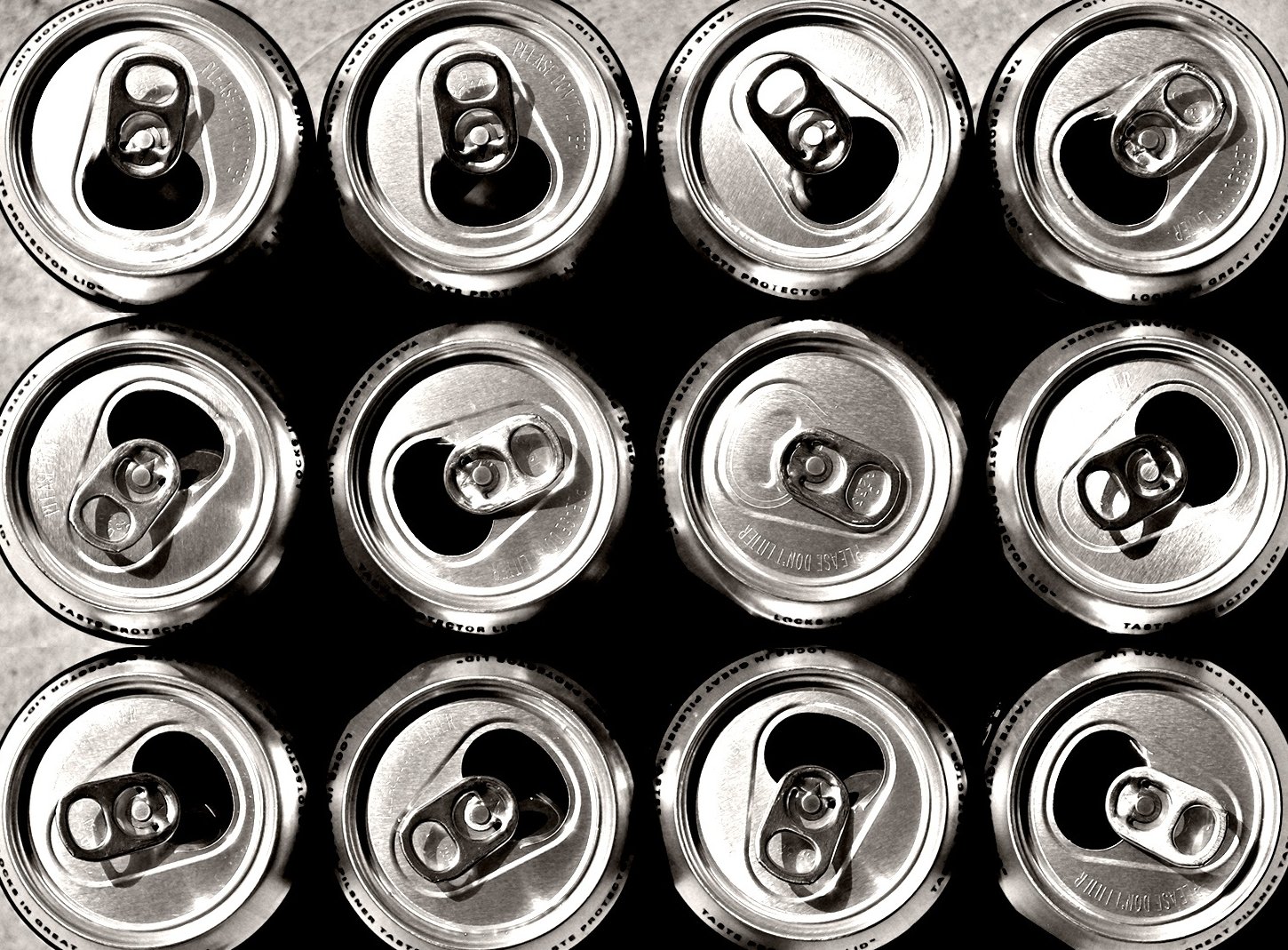The Brewer’s Association just released a report outlining Craft Beer Packaging Trends in 2017 and what was found is that people are loving beer in cans! Cans saw a nice jump in growth the last year for two main reasons. Not only are breweries switching from bottles to cans but also, breweries that have a higher can share are growing at a faster rate than breweries that have a lower share of cans. This can be attributed to the size of companies where smaller breweries tend to be able to grow faster than larger breweries.
But why the shift? There are a few different reasons why many breweries choose cans over bottles.
Light
Light is one factor that can stand in the way of optimal beer flavor and is responsible for the dreaded, “skunked” beer. This off-putting flavoring is due to the light-sensitivity of the hops in the beer. In fact, the term “skunked” is scientific in its basis. Chemists from the University of North Carolina Chapel Hill studied what makes a beer skunky and found that when they hit three isohumulones (the compounds responsible for the light sensitivity in hops) with enough light, it created a compound called “skunky thiol” which has the same chemical make-up as a skunk’s noxious spray. While brown bottles help the issue somewhat, cans and kegs are really the best way to make sure that light doesn’t change the flavor of a beer.
Oxygen
While oxygen is both a friend and an enemy to beer, the process of oxidation can be damaging when it’s introduced after early fermentation. Oxidation can cause that “stale beer” taste and is most often detrimental when it occurs during packaging. Before that, if oxidation occurs, it will be caught by the brewing team and not packaged at all. Air doesn’t act alone when it comes to oxidizing beers, however. Temperature also plays a major role in oxidation and the resulting stale beer. Cans are better than bottles at keeping oxygen out because of how they are filled in the canning line. Also, there are issues with oxygen exchange through bottle caps that can tamper with the flavors.
Environment
Using cans to package beer is better for the environment for a couple of different reasons. First, because cans are lighter in weight and often can fit more cans in a specific space (like the back of a delivery truck) vs. bottles, they leave less of a carbon footprint. More beer on a truck means fewer trips for that truck and a lighter weight mean less gas is used for those deliveries. Second, cans are made from a higher content of recycled material than bottles (cans are 70% recycled materials) and people recycle cans 20% more often than they do glass.
Cans are a win/win for the brewery and the consumer so the next time you are faced with the choice of what beer to buy at the store, make it beer in a can!

